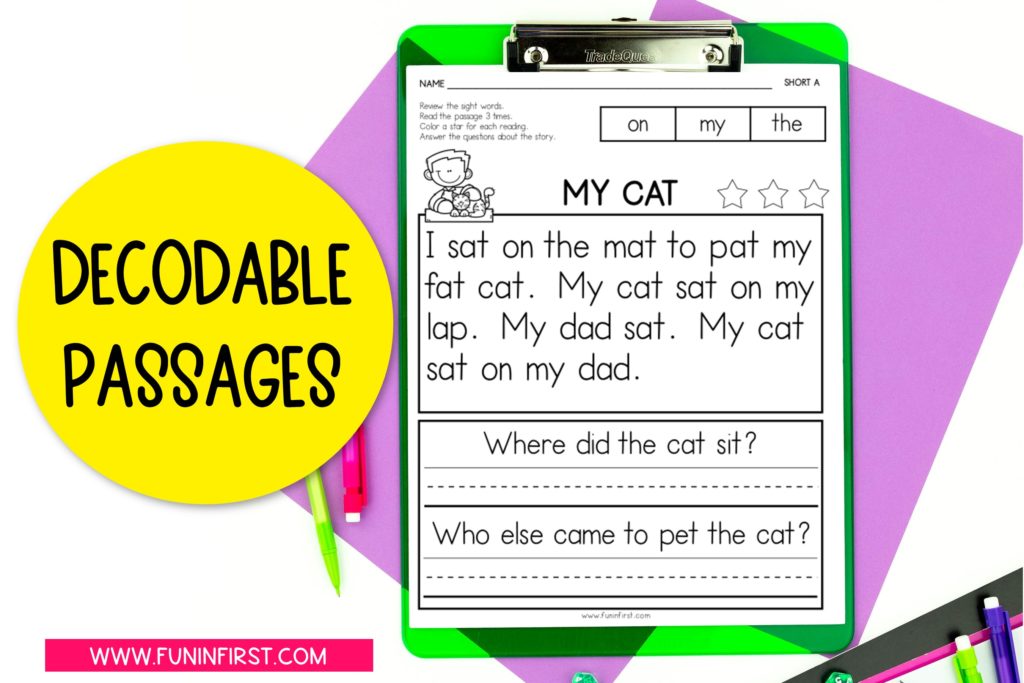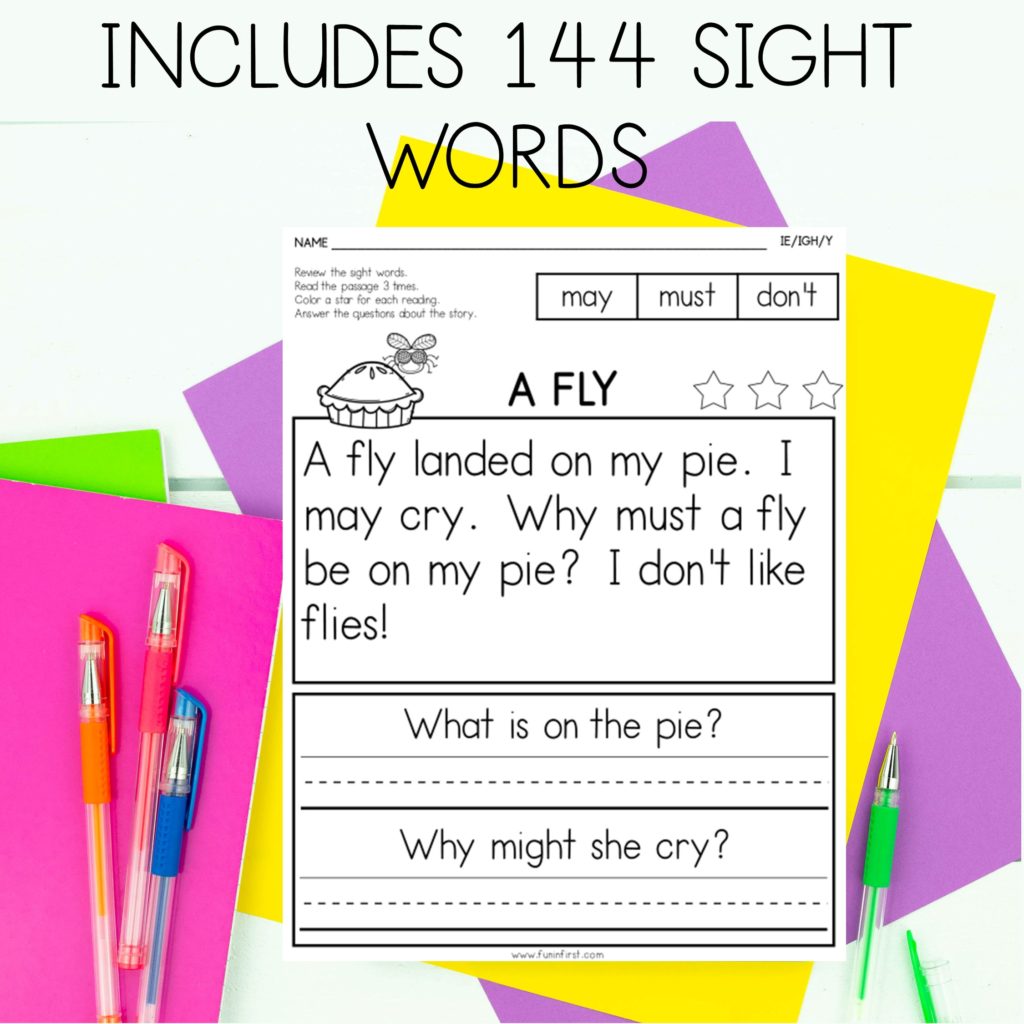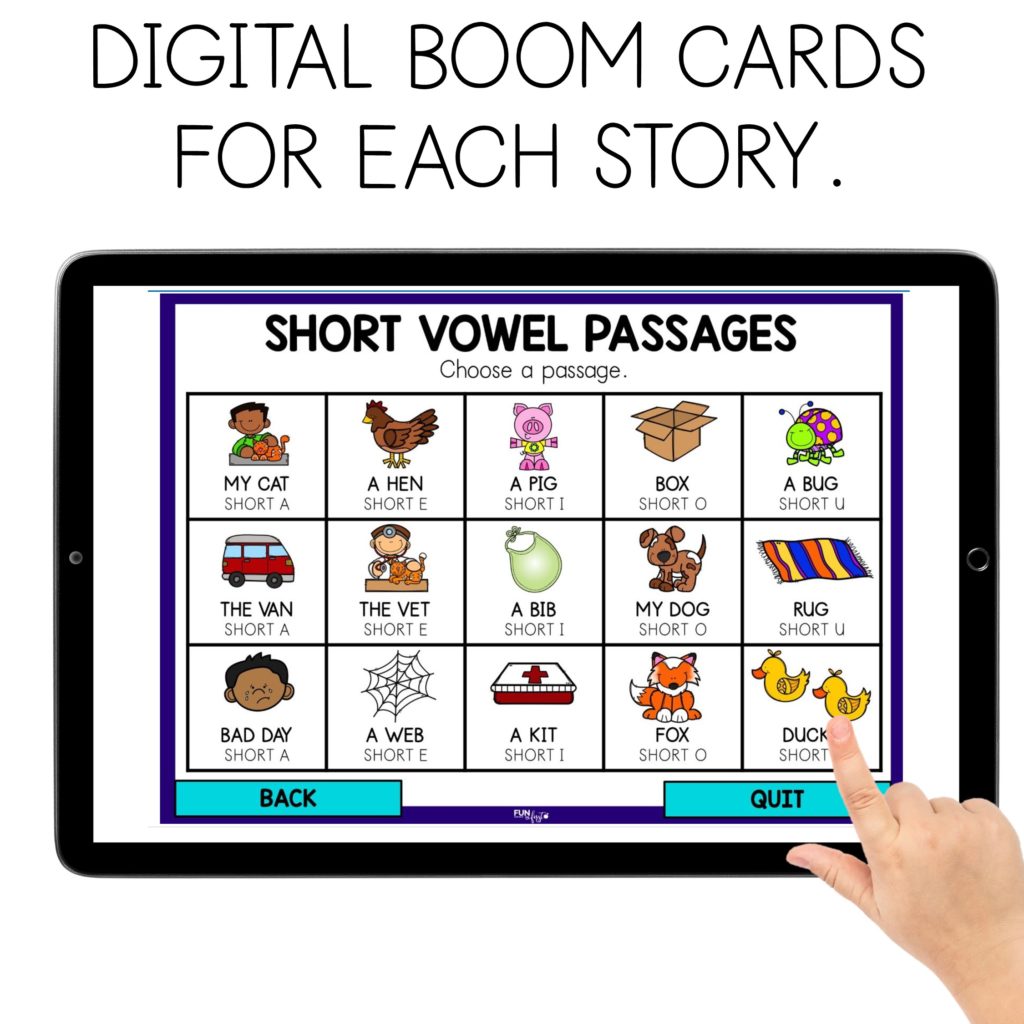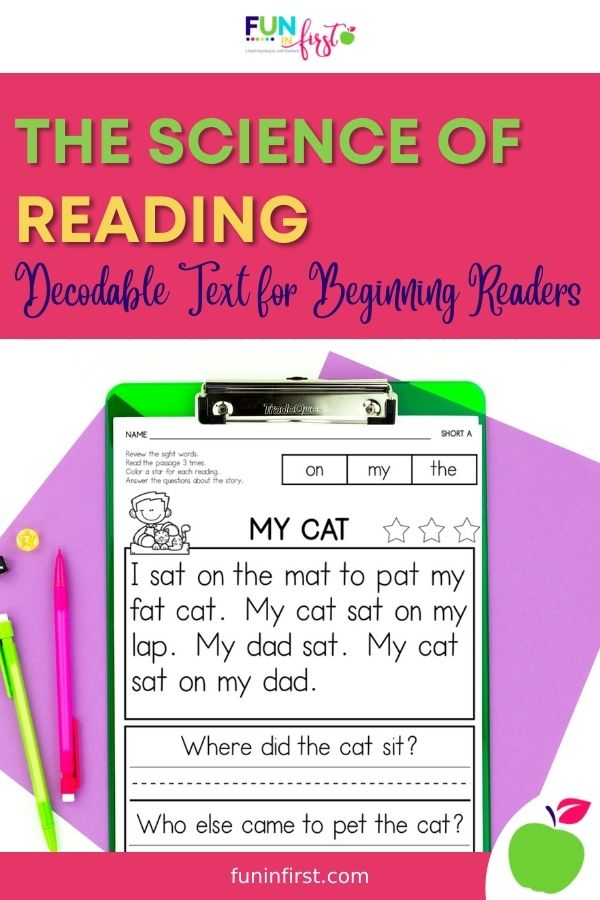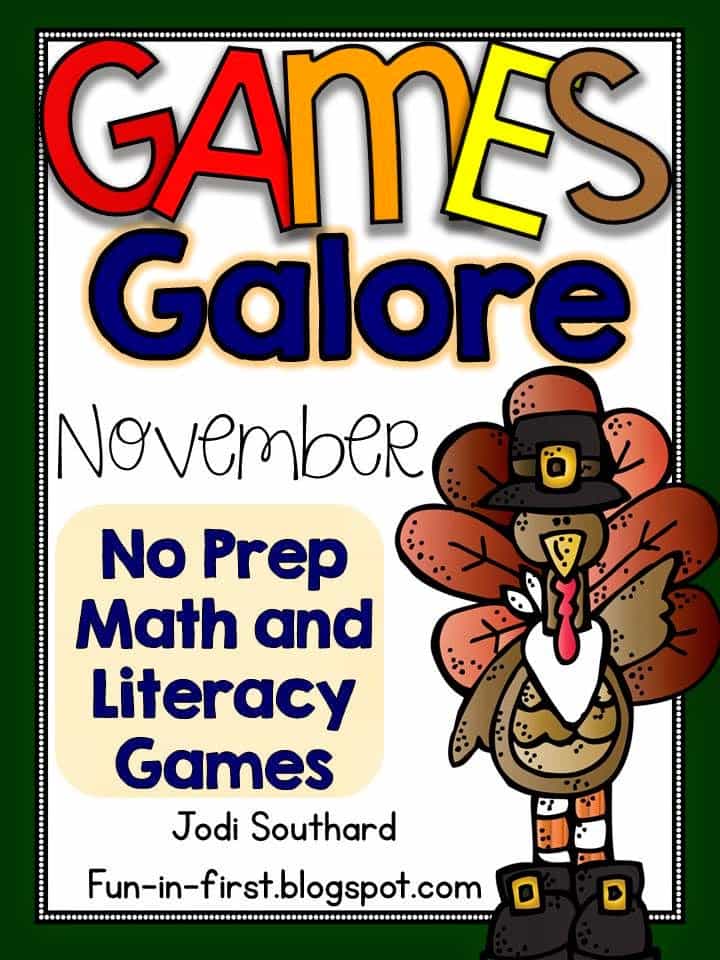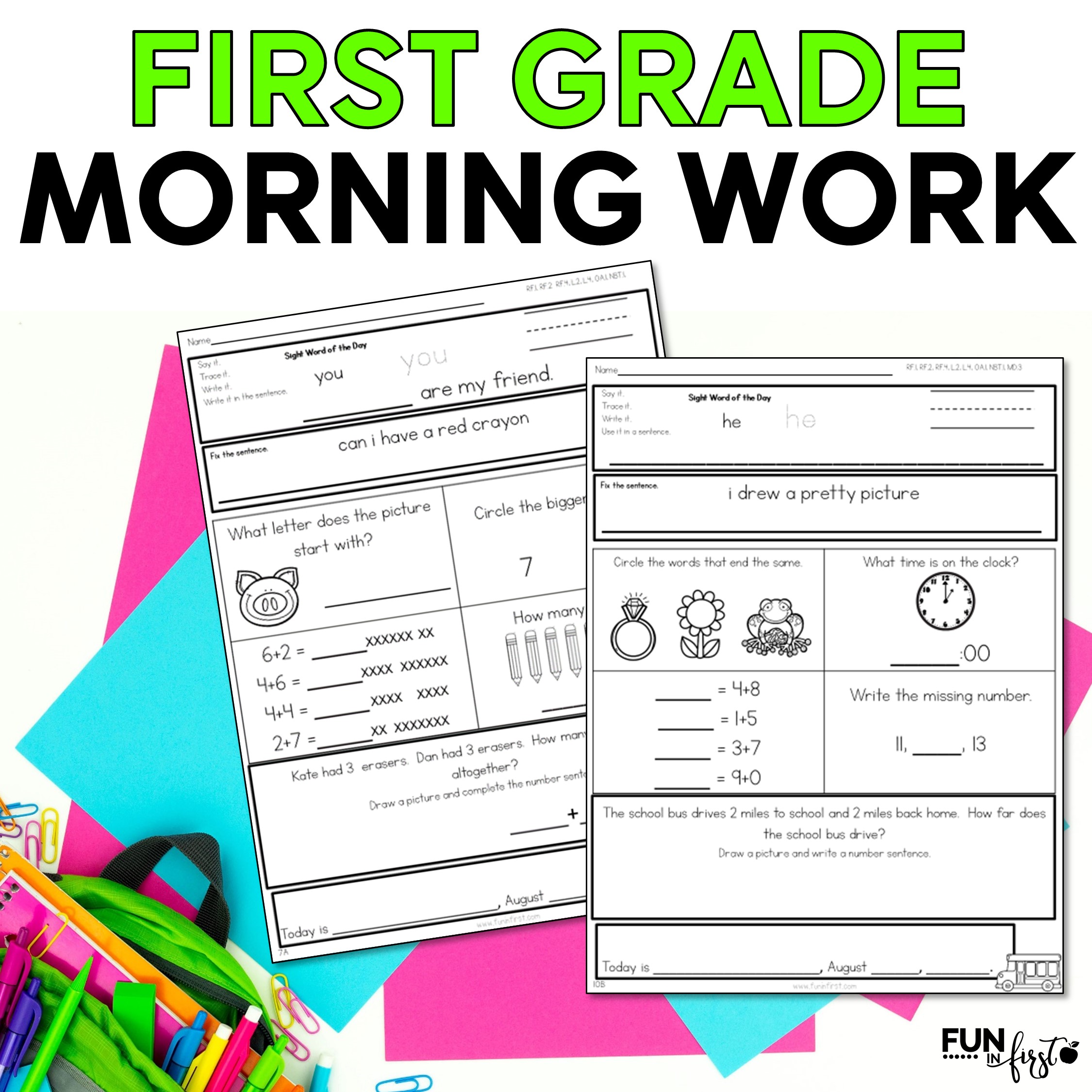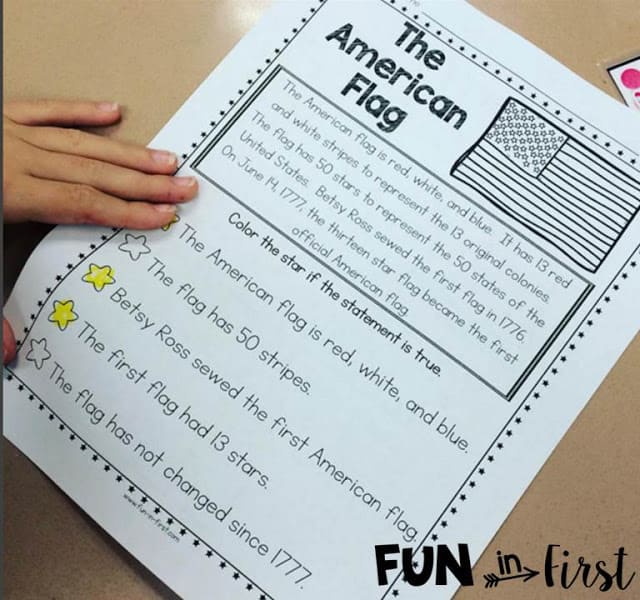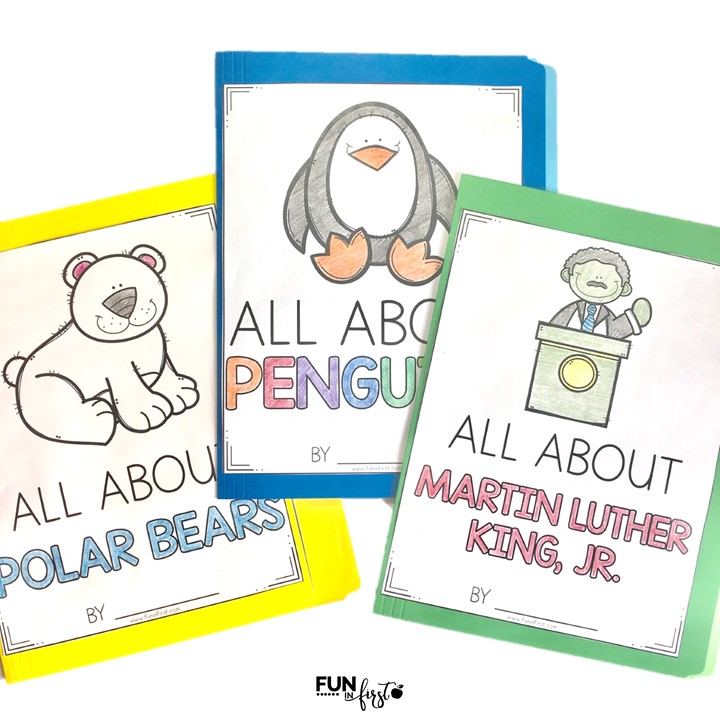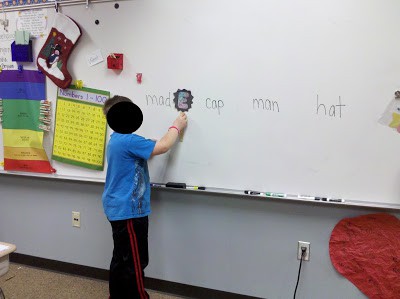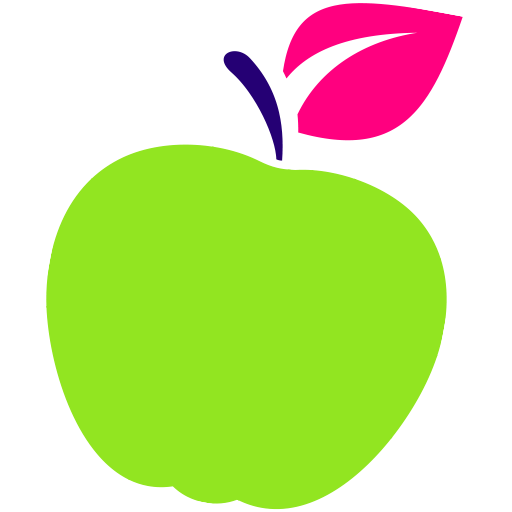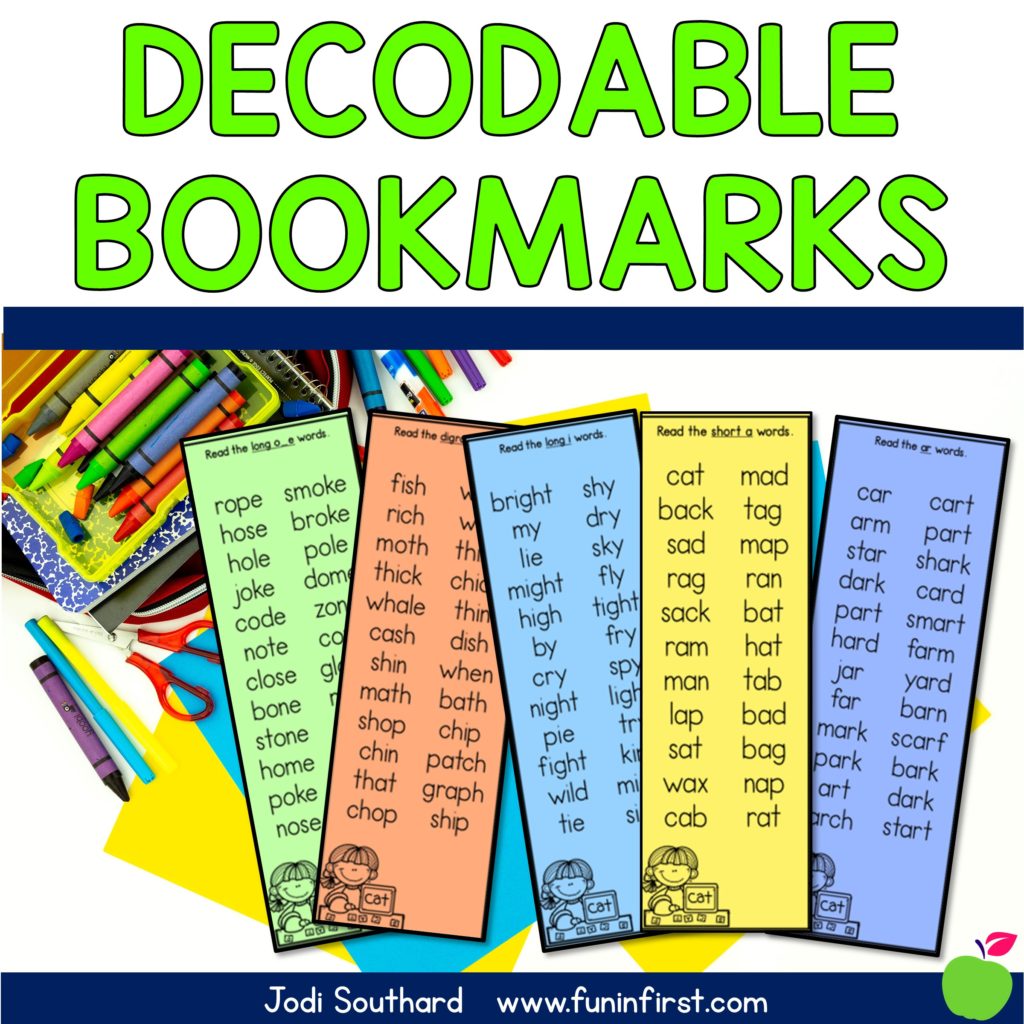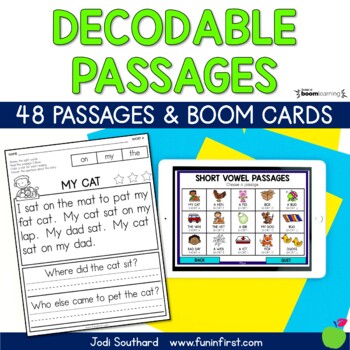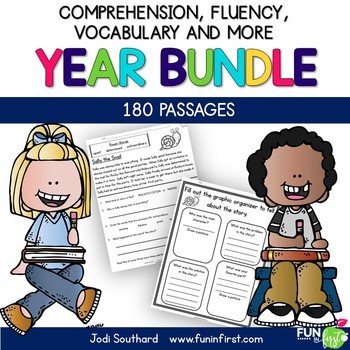The Science of Reading — Decodable Text for Beginning Readers
Reading skills are so important! Great reading skills set students up for academic achievement, not just in language arts, but in all of their subjects. They help students with their test taking skills and can even help predict their future success in school. When teaching beginning readers the building blocks of reading, it’s important to keep the science of reading in mind throughout your curriculum.
What is the science of reading?
The science of reading is a term used for the studies surrounding how the brain learns to read and process text. This topic has been a huge deal in the education field for the past 20 or so years, and it’s a good idea for teachers of beginning readers to familiarize themselves with the debate that has come of it.
There are two main approaches for beginning readers: the phonics approach and the balanced literacy approach. On one hand, the phonics approach focuses on the sounds of words, fluency, and reading comprehension. It essentially teaches young students the key components of language before moving on to the next level. On the other hand, the balanced literacy approach focuses on context clues and using pictures to help students understand the meaning of texts.
What are decodable passages?
Decodable text falls under the phonics approach of the science of reading. When students decode words, they break it down and figure out how to pronounce it out loud. Teaching beginning readers how to sound out words is a super important step in the reading process. Decodable passages help them do just that! A sentence of decodable text includes words with the same phonetic sounds and patterns that students read aloud. For example, “I sat on the mat to pat my fat cat” is a decodable sentence that focuses on the short vowel “a”.
What are the benefits of decodable text?
While books that follow the balanced literacy approach let students rely on context clues and pictures for meaning, decodable passages require them to glean meaning from the text itself. Decodable text helps students master phonics patterns, like short vowels, diphthongs, and beginning blends, before they move on to more advanced reading skills.
Beginning readers who are struggling to master their phonics also benefit from decodable text. Students with dyslexia and other reading difficulties can sometimes fly under the radar, since their strong language and listening comprehension skills can allow them to get by without the foundation of decoding skills. These readers typically need more decoding practice than other students to master their phonetic sounds without the luxury of context clues. This extra practice will come in handy whenever they need to identify a solitary word or read a book without pictures.
What’s a good decodable text resource to use in the classroom?
My Decodable Phonics Passages & Boom Digital Passages with Comprehension resource is a fantastic tool for beginning readers or those struggling with reading difficulties. It includes 48 decodable passages for plenty of practice. These passages are the perfect way for Kindergarten and 1st grade students to work on their phonics skills. They can also be used for 2nd graders who need extra practice with their phonetic sounds.
The resource spans 25 phonic patterns for a variety of practice from beginner to more advanced, including…
- Short vowels
- Beginning blends
- Digraphs
- Long vowels with silent e
- Soft c/g
- Long vowel pairs
- R-controlled vowels
- Diphthongs
The passages come in a printable and digital format for easy use in every classroom. The digital version uses digital task cards on the Boom Learning platform, which are self-checking and work on an iPad or computer. Each printable and digital passage also includes comprehension questions and 3 high frequency words. Best of all, it supports the research found by experts in the science of reading explored above!
Conclusion
Thanks to the study of the science of reading, we know how important phonetic mastery is for beginning readers. Decodable passages are one of the best ways to help beginning or struggling readers learn to sound out words and apply the phonic patterns they have already been introduced to. My Decodable Phonics Passages & Boom Digital Passages with Comprehension resource is a great way for teachers to give their students the practice they need and help them master their phonics!

